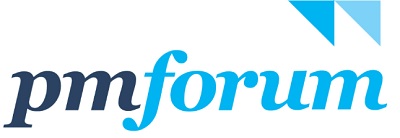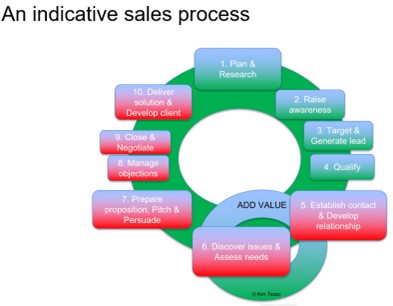
This article appeared as the leader in Professional Marketing magazine (Summer 2018 edition) where I am Editorial Consultant in Chief.
I used to think that the MarTech revolution had bypassed professional services but now I’m not so sure. I’ve seen the future and it is automated. So how will marketing and business development roles change? Marketing after the technology revolution?
CRM systems become background activity. Intapp, an integration platform used by some of the largest firms, enables you to access and interrogate all of your firm’s data – regardless of the system where it is held. It even integrates information from external proprietary sources if required so reduces the need for desk research. You can search narratives on time recording, invoices and documents emailed by fee-earners. It prompts fee-earners to provide details of clients and transactions where data are missing. It enables all manner of sophisticated analysis to support pricing decisions and profitability improvement, client relationship management and even the easy assembly of pitch documents. And by using artificial intelligence (AI) and machine learning, it can even highlight trends it detects. Self-managing data.
There’s the potential for end-to-end automation of communications campaigns with Vuture. This system includes the creation of web sites and event domains, content management, email marketing and newsletter support and on-line event management where clients enter their dietary and workshop options themselves. The system tracks what interests clients and ensures that they receive further information on that topic automatically. And it deals with GDPR. Automated and personalised client experience management.
It seems that only the actual creation of content remains to be done. So then there’s Passle which allows fee-earners to easily create and share content to their digital networks – and to monitor the engagement on each item. And the powerful analytics in Google and social media provide the ability to monitor that content across the firm in the omni-channel environment.
There are already numerous digital systems for collecting satisfaction ratings and feedback from clients. Performance Leader takes this to a new level allowing clients to rate their advisers at any time and to provide feedback at any stage of a project or on individual team members at the touch of a button. Supervisors can then monitor KPIs, career plans and internal and external feedback for individual fee-earners in real time. And the app version cometh soon.
So technology takes the drudgery out of the collection and organisation of all internal and external data. Technology allows fee-earners to access all the information they may want about work, team members and clients and to create and distribute content themselves. Such technology may not only provide a competitive advantage but will allow firms to re-invent their business model.
There will, of course, always be the need for strategic direction, creative thinking and superlative internal and external relationship skills. But the nature of the roles of many marketing and business development folk is likely to change beyond recognition.







